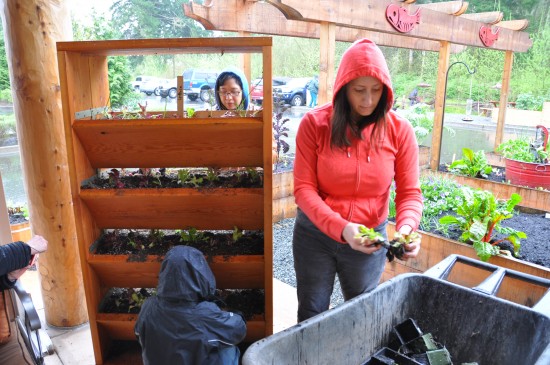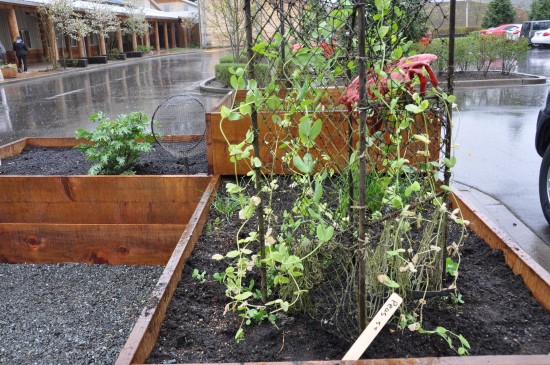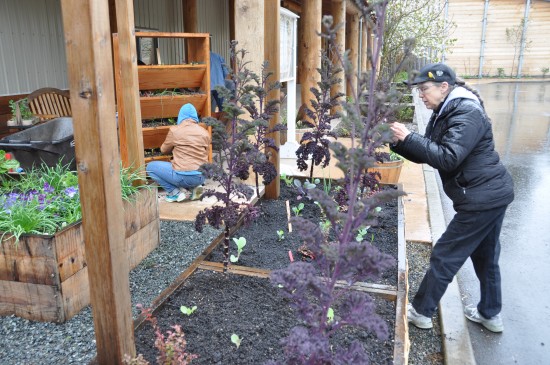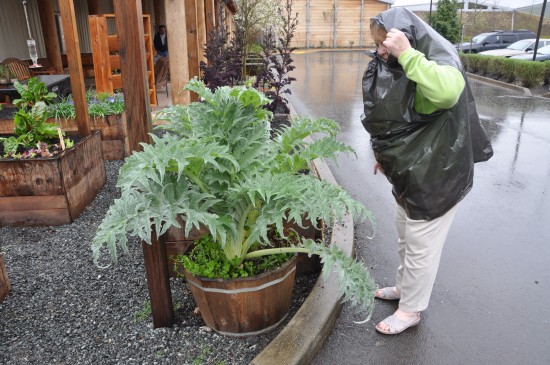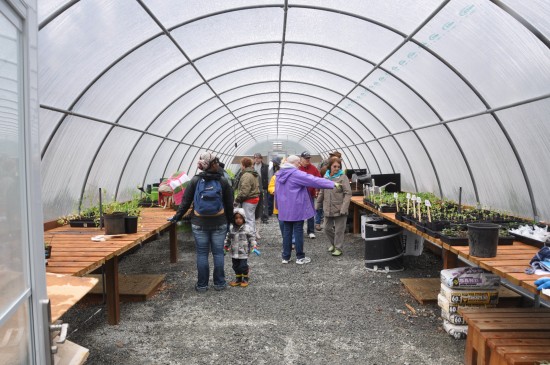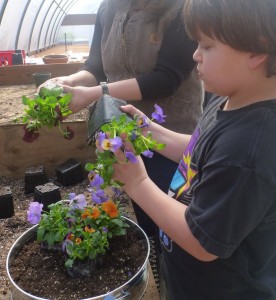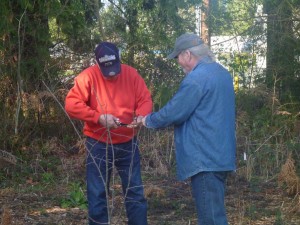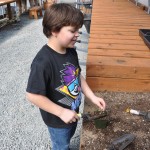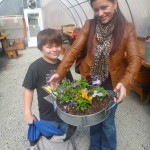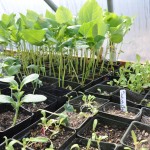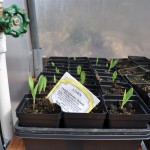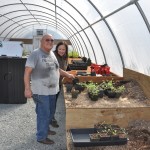Gardening expert Melinda Myers provides a plan to transform your landscape
Be Waterwise
Save money on the water bill, time spent watering and this precious resource, water. Start by growing drought tolerant plants suited to your growing environment. Once established they will only need watering during extended dry spells. Mulch with shredded leaves, evergreen needles, woodchips, or other organic matter to conserve moisture, reduce weeds, and improve the soil as they decompose.
Fertilize with a low nitrogen fertilizer, like Milorganite, that promotes slow steady growth instead of excessive greenery that requires more water. Plus, it won’t burn even during drought.
Put rainwater to work all season long by using rain barrels to capture rainwater off your roof or directly from the sky.
Recycle Yard Waste in the Landscape
Minimize the amount of yard waste produced, reuse what can be in other areas of the landscape and recycle the rest as compost. These are just a few strategies that will save time bagging, hauling, and disposing of yard debris. And better yet, implementing this strategy will save money and time spent buying and transporting soil amendments, since it will be created right in the backyard.
Start by leaving grass clippings on the lawn. The short clippings break down quickly, adding organic matter, nutrients and moisture to the soil. Grow trees suited to the growing conditions and available space. That means less pruning and fewer trimmings that will need to be managed.
Make Compost at Home
Recycle yard waste into compost. Put plant waste into a heap and let it rot. Yes, it really is that simple. The more effort put into the process, the quicker the results.
Do not add insect-infested or diseased plant material or perennial weeds like quack grass, annual weeds gone to seed, or invasive plants. Most compost piles are not hot enough to kill these pests. And do not add meat, dairy, or bones that can attract rodents.
Manage Pests in Harmony with Nature
A healthy plant is the best defense against insects and disease. Select the most pest-resistant plants suited to the growing conditions and provide proper care.
Check plants regularly throughout the growing season. It is easier to control a few insects than the hundreds that can develop in a week or two. And when problems arise, look for the most eco-friendly control. Start by removing small infestations by hand. Consider traps, barriers, and natural products if further control is needed. And as always be sure to read and follow label directions carefully.
Energy Wise Landscape Design
Use landscape plantings to keep homes warmer in the winter and cooler in the summer. Homes will have a more comfortable temperature throughout the seasons and energy costs will be reduced.
Plant trees on the east and west side of a house to shade windows in the summer and let the sun shine in and warm it up through the south-facing windows in winter.
Shade air conditioners, so they run more efficiently and be sure to collect and use any water they produce for container gardens.
Incorporate these changes into gardening routines and habits over time. Soon these and many more strategies that help save time and money while being kind to the environment will seem to occur automatically.
Nationally known gardening expert, TV/radio host, author & columnist Melinda Myers has more than 30 years of horticulture experience and has written over 20 gardening books, including Can’t Miss Small Space Gardening. She hosts the nationally syndicated Melinda’s Garden Moment segments which air on over 115 TV and radio stations throughout the U.S. She is a columnist and contributing editor for Birds & Blooms magazine and writes the twice monthly “Gardeners’ Questions” newspaper column. Melinda also has a column in Gardening How-to magazine. Melinda hosted “The Plant Doctor” radio program for over 20 years as well as seven seasons of Great Lakes Gardener on PBS. She has written articles for Better Homes and Gardens and Fine Gardening and was a columnist and contributing editor for Backyard Living magazine. Melinda has a master’s degree in horticulture, is a certified arborist and was a horticulture instructor with tenure. Her web site is www.melindamyers.com
![]() about the development of an electric car in America and stay for a post-film discussion with EvCC Resource Conservation Manager Molly Beeman.
about the development of an electric car in America and stay for a post-film discussion with EvCC Resource Conservation Manager Molly Beeman.![]() speaks on organic gardening and answers your questions. 1:00pm to 2:00pm in the Gray Wolf Hall Courtyard. Free and open to the public.
speaks on organic gardening and answers your questions. 1:00pm to 2:00pm in the Gray Wolf Hall Courtyard. Free and open to the public.

